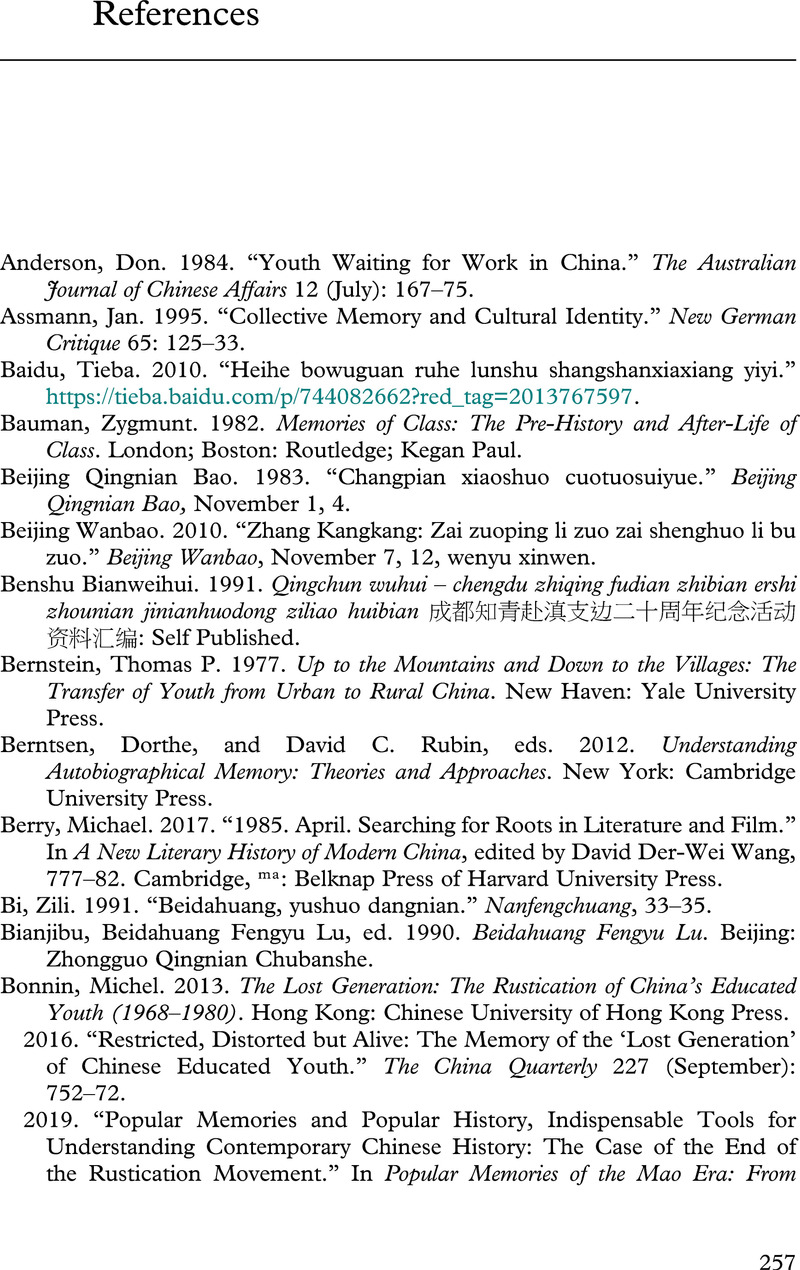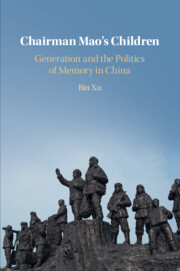Book contents
- Chairman Mao’s Children
- Chairman Mao’s Children
- Copyright page
- Dedication
- Contents
- Figures
- Tables
- Acknowledgments
- Introduction
- 1 Winners’ Stories
- 2 Unequal Memories
- 3 The Wasted Years and a Land of Wonder
- 4 Regretless Youth and Long Live Youth!
- 5 Nostalgia, Resistance, and the Pursuit of Happiness
- 6 “Comrades from Five Lakes and Four Seas!”
- Conclusion
- Appendix Methods and Data
- References
- Index
- References
- Chairman Mao’s Children
- Chairman Mao’s Children
- Copyright page
- Dedication
- Contents
- Figures
- Tables
- Acknowledgments
- Introduction
- 1 Winners’ Stories
- 2 Unequal Memories
- 3 The Wasted Years and a Land of Wonder
- 4 Regretless Youth and Long Live Youth!
- 5 Nostalgia, Resistance, and the Pursuit of Happiness
- 6 “Comrades from Five Lakes and Four Seas!”
- Conclusion
- Appendix Methods and Data
- References
- Index
- References
Summary

- Type
- Chapter
- Information
- Chairman Mao's ChildrenGeneration and the Politics of Memory in China, pp. 257 - 268Publisher: Cambridge University PressPrint publication year: 2021



